Glass greenhouses aren’t any better than plastic, times have changed
When building a new greenhouse an important question always arises. To build a traditional glass greenhouse or try plastic? Which is the best option? Is glass better? Or poly? And why? According to Benjamin Richel from Richel Greenhouses, new innovations and possibilities have slighted the difference between the two materials. “Depending on the growers skills and ambitions, there is a greenhouse available that suits every one. Nowadays, for certain growers, a glass greenhouse isn’t any better than a plastic one, times have changed.”
“In the 1960’s, new innovations in the film technologies with high light transmission and durability, allowed the use of polyethylene film to cover greenhouses”, said Benjamin Richel as he briefly speaks about the history on the evolution of greenhouse materials. “Today more than 85% of the world greenhouses are poly ones. The poly greenhouses have been constructed more in the southern countries, using low tech equipment. The glass greenhouses are used more in the northern countries, using high tech equipment. Since 1990, Canada and Scandinavia on their side, have been using both glass and high end poly greenhouses, with the same high tech equipment inside. Since 2000, the improvement of high end poly greenhouse on one hand, and the development of high tech growing in southern countries like Turkey or Mexico on the other hand, have changed the picture.”
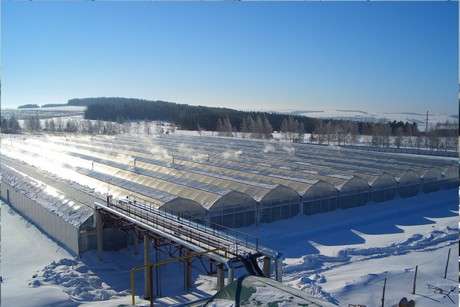
According to Richel, the modern poly-greenhouses are becoming a real good alternative to glass greenhouses. “Modern poly greenhouses are containing more volumes nowadays and are enable to deliver good production figures thanks to high light transmissions, while on the other hand they can save energy thanks to use of double inflated covering and other smart energy saving techniques. Aside from that poly greenhouses offer the advantage of diffuse light, against a smaller economical invest.”
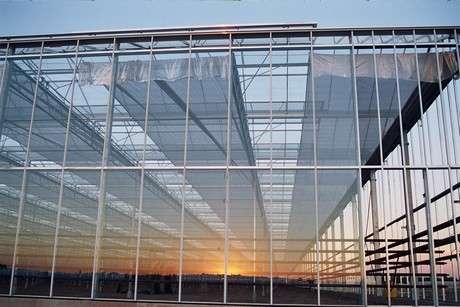
“On the other hand, a glass greenhouse offer a better direct light transmission, and dryer climate because the condensation water is easier to evacuate”, Richel adds. “Growers in the Netherlands, with more than 50 years of experience in their climate with glass greenhouse, and with the development of very high tech semi-closed greenhouses, will continue to invest in these types of greenhouses. In other northern countries, glass greenhouses are still the choice of preference but experiences with state of the art poly greenhouses is being successfully collected in Scandinavia, Russia. Canadian growers who were traditionally using both systems have invested recently in very modern glass greenhouses, but their experience with old poly greenhouses should need to be complemented with state of the art poly greenhouses, with more light and more volume, in order to compare. In Scandinavia, the energy cost is one big factor why growers choose a poly greenhouses with double inflated film.”
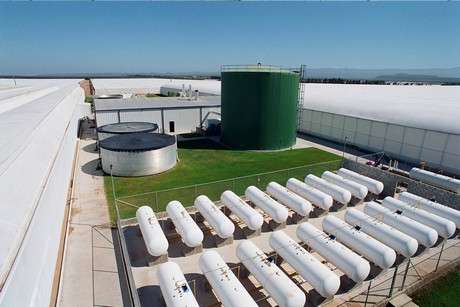
For greenhouse growers in Southern countries, Richel is very clear about which type of greenhouse is the best for them to use. “In the southern countries like Turkey and Mexico, industrial investors took the opportunity of an attractive business since the end of 1990. Glass and plastic greenhouses with high tech equipment have been built and a new experience has been acquired in growing vegetables in those countries. New leaders appeared with farms up to 80 or 100ha. In this kind of climate, the experience seems to show that poly greenhouses give a better investment returns. They offer a better climate, diffuse light and a better ventilation particularly when using insect nets. Another plus is the attractive and more economical investment: 20 to 30% less on the whole investment.”
“Glass greenhouses just tend to be more challenging to run under high temperature and high sun radiation and do not allow an additional production to justify the higher investment,” said Richel. That’s why Mexican growers who have been using both technologies tend to continue investing in poly.”
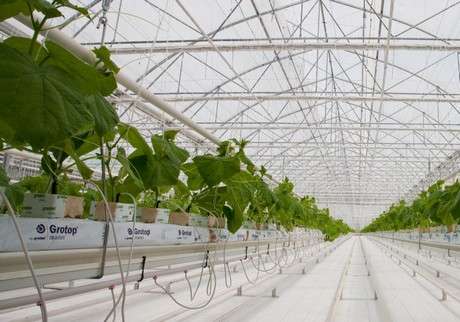
One disadvantage of poly, is that the film needs to be replaced every 3 to 5 years, depending on the sun radiation. “In both countries, light is an important factor. Poly and glass greenhouse need to be washed regularly. However, the light transmission of film is between 89 to 92% (considering the last evolutions in polyethylene). It is 89 to 90% for standard glass and up to 96% for the latest, expensive types of glass that have an anti-reflective coating.”
Since its creation in 1964, Richel has been promoting high end poly greenhouses all over the world. With projects done in more than 80 countries, Richel has often been seen as one of the leaders in the industry. “Scandinavia and Mexico are two opposite examples of where the Richel high tech poly projects have been implemented very successfully,” said Richel proud. “So we really provide solutions for all areas.”
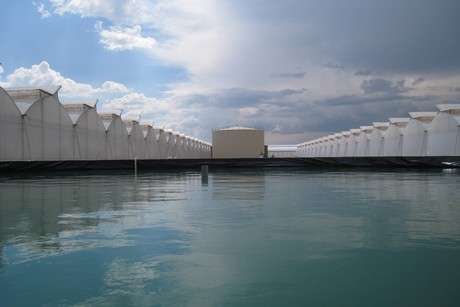
Talking about the latest innovations, Richel is giving an idea of the possibilities: “The latest model of our gutter connected poly greenhouse has bays of 12m80, 7m50 under gutter, 10.9m at the ridge, butterfly continuous ventilation. The structures gives a minimal amount of shadow and the greenhouse has a new efficient way to evacuate the condensation water. The climate generated in such a high volume greenhouse offers new possibilities.”
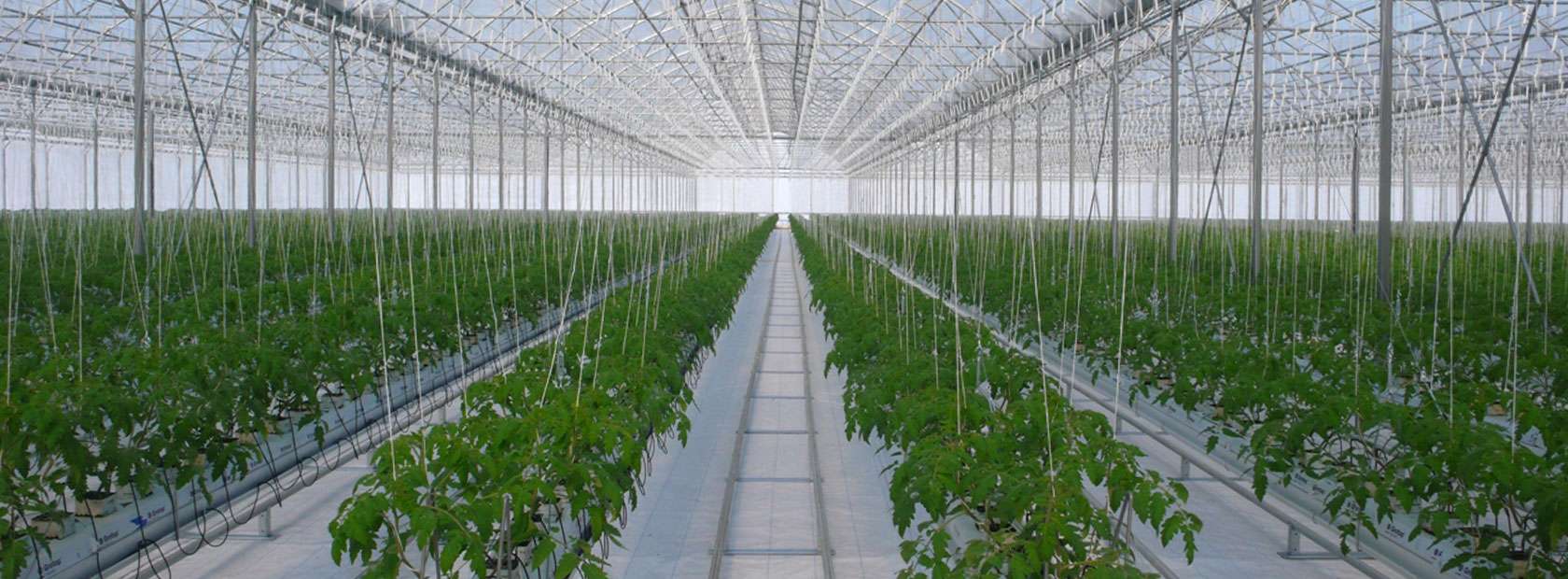
Richel ends his plea for the poly greenhouses by saying that in some times it’s just the growers ‘way of thinking’. “Some growers choose glass because they’re not familiar with high-quality plastic manufacturers,” he said. “But we, and other European manufacturers, can really provide good poly greenhouses. We have solutions to answer their needs.” Ultimately, Richel noted, a greenhouse is just a tool, and it’s up to the grower to determine what’s best for him considering his growing techniques and climate. “It really comes down to what you’re doing inside, because so much depends on the grower,” he said. “But it’s also good for the grower to have great tools.”